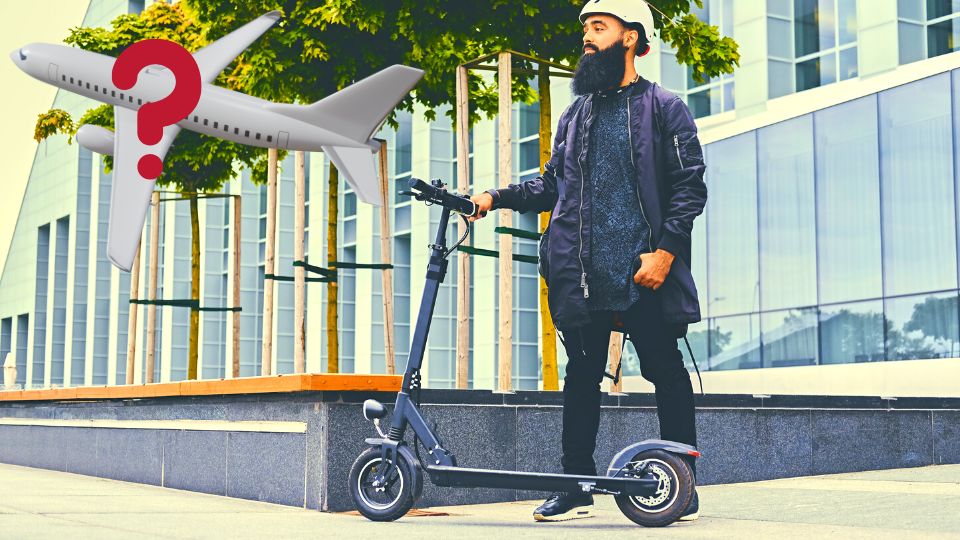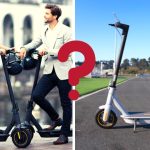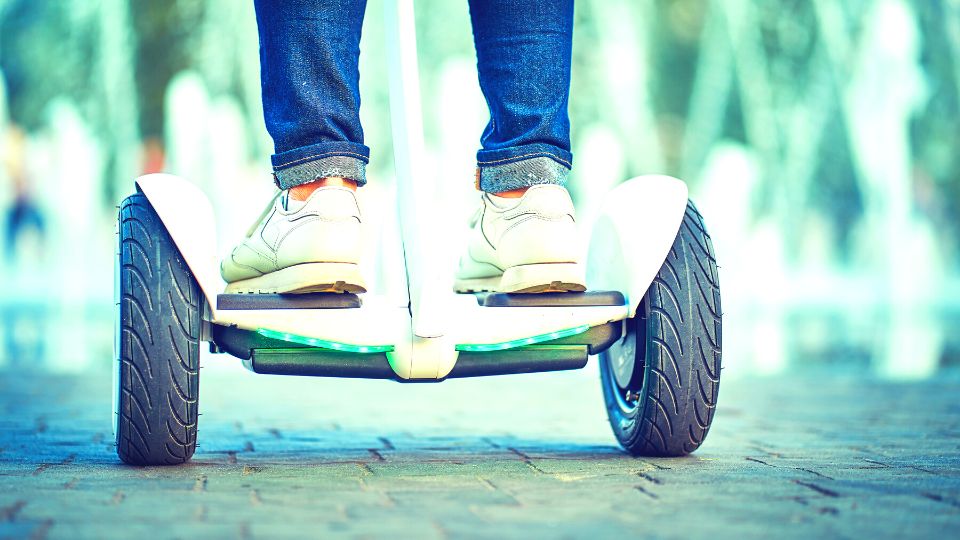If you’re someone who relies on a Segway for mobility, you may be wondering if you can bring it on a plane for travel.
The answer is yes, but with some conditions. Bringing a Segway on a plane requires meeting certain regulations, as well as following the airline’s policies and requirements.
In this article, we will explore the regulations and policies surrounding bringing a Segway on a plane, as well as the necessary preparations and tips to ensure its safe transportation.
Regulations on Transportation of Mobility Devices
Mobility devices come in different shapes, sizes, and types. The most common types of mobility devices are wheelchairs, both manual and electric, electric scooters, and Segways. Wheelchairs are designed for people who cannot walk or have difficulty walking. Manual wheelchairs are propelled by the user, while electric wheelchairs are powered by a motor.
Electric scooters are similar to electric wheelchairs but are designed for people who have limited mobility in their legs. Segways are self-balancing personal transportation devices that are used by people who have difficulty walking long distances.
The regulations on the transportation of mobility devices on planes are governed by the Air Carrier Access Act (ACAA) and the Department of Transportation (DOT) regulations. The ACAA requires airlines to allow people with disabilities to use their mobility devices in the cabin of the aircraft whenever possible. The DOT regulations require airlines to provide accessible aircraft and to make reasonable accommodations for people with disabilities.
However, airlines are not required to transport all types of mobility devices. Airlines are only required to transport mobility devices that can fit through the aircraft’s cargo door or in the cabin’s overhead bin or under the seat. Additionally, airlines are not required to transport mobility devices that pose a safety risk or are too heavy or too large to fit on the aircraft.
Factors that Determine if a Segway can be Brought on a Plane
The transportation of Segways on planes is subject to the same regulations as other mobility devices. Segways can be transported on planes if they meet certain requirements.
First, the Segway must be classified as a mobility device, and the passenger must have a disability that requires the use of the Segway. Second, the Segway must meet the airline’s size and weight requirements. Third, the Segway must be properly packed and transported in a way that does not pose a safety risk to the passengers or crew.
So if you have a mobility device, such as a Segway, it’s would be better to contact the airline in advance to ensure that your device can be transported safely and efficiently.
Segways and Airline Policies
Some airlines allow passengers to bring Segways on planes, while others do not. Examples of airlines that allow Segways on planes include American Airlines, Delta Air Lines, and United Airlines. These airlines require that the Segway be classified as a mobility device, and the passenger must have a disability that requires the use of the Segway. The Segway must also meet the airline’s size and weight requirements, and the passenger must provide advance notice of their intention to bring a Segway on the plane.
On the other hand, some airlines do not allow Segways on planes. Examples of airlines that do not allow Segways on planes include Southwest Airlines and JetBlue Airways. These airlines have policies that prohibit the transportation of Segways on planes, regardless of whether the passenger has a disability that requires the use of the Segway.
Reasons for Airline Policies Regarding Segways
The reasons for airline policies regarding Segways are mainly related to safety concerns. Segways can be bulky and heavy, and they may pose a risk to the safety of other passengers and crew members.
Additionally, Segways may be difficult to stow in the cabin or cargo hold of the aircraft, which can cause delays and inconvenience to other passengers. Therefore, airlines may choose to restrict the transportation of Segways on planes to ensure the safety and comfort of all passengers.
Preparing a Segway for Air Travel
Before you can bring a Segway on a plane, you must ensure that it meets the requirements set by the airline.
To prepare your Segway for air travel, you should also make sure that it is in good condition and functioning properly. Check the battery and ensure that it is fully charged. Clean the Segway and remove any loose items that could become dislodged during transportation. It is also a good idea to label your Segway with your name, address, and contact information.
The requirements for packing and transporting a Segway vary depending on the airline. However, most airlines require that the Segway be properly packed to prevent damage during transportation. You can use a Segway bag or a padded travel case to protect your Segway during transportation. The Segway should be packed securely, with all loose parts removed and stored separately. The battery should be removed and packed separately, and you should also pack any necessary charging cables.
When transporting your Segway, you can either check it as luggage or bring it as a carry-on item. If you plan to check your Segway, you should arrive at the airport early to allow time for the airline to check it in and ensure that it is properly packed. If you plan to bring your Segway as a carry-on item, you should ensure that it meets the airline’s size and weight requirements and that you have the necessary documentation.
Tips for Ensuring the Safe Transport of a Segway on a Plane
To ensure the safe transport of your Segway on a plane, you should follow these tips:
- Pack your Segway properly to prevent damage during transportation.
- Label your Segway with your name, address, and contact information.
- Remove the battery and pack it separately.
- Check the airline’s requirements for the size and weight of your Segway.
- Arrive at the airport early if you plan to check your Segway as luggage.
- Bring necessary charging cables and accessories.
- Notify the airline in advance of your intention to bring a Segway on the plane.
Conclusion
In conclusion, while it is possible to bring a Segway on a plane for travel, it requires careful preparation and adherence to regulations and airline policies. Passengers with disabilities who rely on a Segway for mobility must ensure that their Segway meets the size and weight requirements of the airline, and they must provide advance notice of their intention to bring it on the plane.
Proper packing and transportation are also crucial to prevent damage and ensure the safe transport of the Segway. By following these guidelines and seeking information from the airline, passengers can travel with ease and enjoy their Segway as a useful mobility device.






